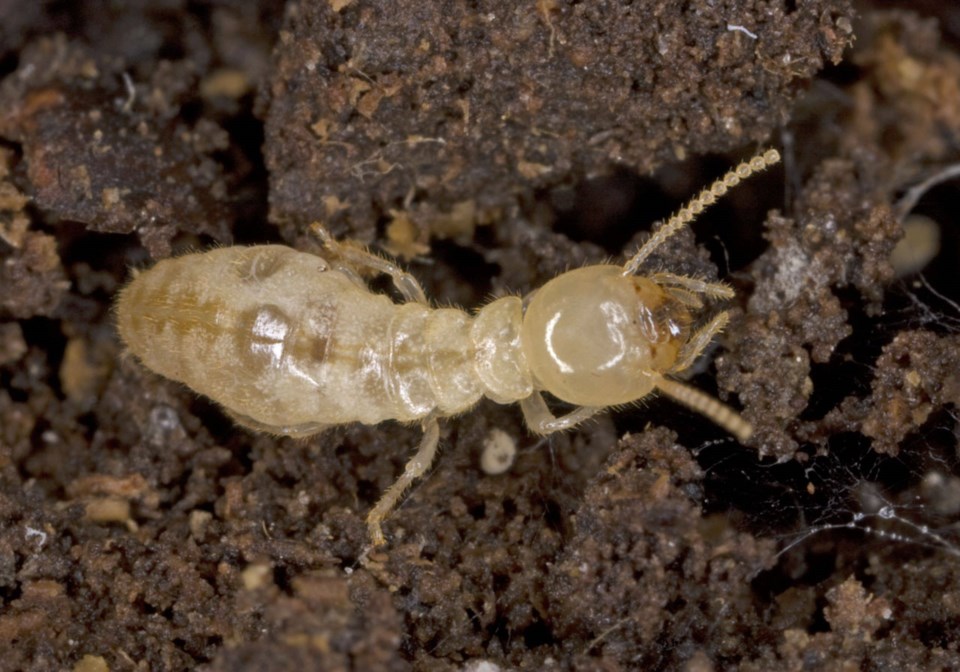CENTRE WELLINGTON – Evidence of termite activity has been detected at more than 150 properties in Elora and Fergus and 100 more properties are identified being within foraging distance of potential activity.
A report coming to Centre Wellington’s committee of the whole meeting Monday shows the results from a termite survey undertaken by entomologist Tim Myles and his company Termite Research Services.
Elora and Fegus were inspected late last summer and early fall in zones that were previously known to have termite activity.
In Elora, the report said termites were detected at 74 properties on 16 blocks.
There are an additional 45 properties where termites were not found but these were adjacent or in between properties with activity. These properties are considered to be within termite foraging reach and have been labelled as a “red zone” along with those with definitive evidence.
Around the red zone are 130 properties considered as a buffer area, called the blue zone, where possible termite activity should be monitored and potential habitat eliminated to prevent termite expansion.
In Fergus, termites were detected at 79 properties with 61 surrounding properties at-risk.
“All these red zone properties formed one large cluster spanning seven blocks,” the report says. “No termite activity was found in the other two areas of previously known activity in Fergus.”
The report said it is possible the survey missed activity present or prior termite control has been successful in eliminating infestation.
The Fergus cluster is in the area of Highway 6 and Garafraxa Street.
This report will be for information purposes and Centre Wellington staff will prepare a future report on next steps and budget allocation for council’s consideration.
In a previous interview, Myles explained the treatment he’s developed involves tackling entire blocks because termites will jump from property to property but have difficulty crossing roads.
“For management purposes, both the number of red and blue zone properties would be involved and are taken into consideration for projecting costs of a management program,” the report reads.
The identified blocks are mainly located in neighbourhoods along the Grand River in Elora.



